2019 Yeti SB150 TURQ X01 Eagle Race
(discontinued)
| Where To Buy | |||
|---|---|---|---|
Free shipping on orders over $50 (continental U.S. only).
International shipping available. Some exclusions apply. |
Free shipping on orders over $50 (continental U.S. only).
International shipping available. Some exclusions apply. $3,898.94
|
||
Free shipping on orders over $50 (continental U.S. only).
International shipping available. Some exclusions apply. |
Free shipping on orders over $50 (continental U.S. only).
International shipping available. Some exclusions apply. $9,100.00
|
||
SB150 Highlights
- 29-inch wheels
- High-modulus carbon fiber frame and swing arm with C-Series and TURQ material options
- 150mm (5.9-inches) rear travel // 170mm (6.7-inch) travel fork with shorter 44mm offset
- Switch Infinity suspension system with two-piece wishbone-style shock extender
- 230x60mm Metric shock
- Compatible with both air and coil-sprung shocks
- Tapered integrated headtube (41mm/52mm)
- Custom downtube protector and chain guards
- Internally molded carbon tubes inside of frame for improved cable routing
- Integrated axle and derailleur hanger system
- Boost hub spacing, front and rear
- 29x2.5-inch tire clearance
- Press fit 92 bottom bracket with ISCG05 mounts
- 180mm direct rear brake mount
- 34-tooth max chainring size
- Clearance for standard-sized water bottle inside frame
- Lab tested to Yeti's more rigorous downhill standards
- Lifetime warranty (new for all 2019 Yetis) and crash replacement program





"As we set out to create the new SB150, we had a number of objectives in mind. We wanted a slightly more progressive leverage curve, to fit a water bottle in the front triangle and lower standover height. All while maintaining our well-known Yeti Switch Infinity efficient pedaling platform." - Yeti Cycles




All About The SB150
We sat down with Yeti's Director of Engineering, Peter "Stretch" Zawistowski, for an in-depth chat about the new bike, what sets it apart, Yeti's design goals, and how they pulled it all off with some clever engineering. Listen in for some great insight:
- 0:43 - Geometry and fork offset
- 2:08 - Progression and leverage curve
- 3:55 - Shock damping tunes
- 5:03 - Progression rate and shock selection
- 5:49 - All about the shock extender
- 8:07 - Making room for a water bottle
- 8:41 - Anti-squat and pedaling performance
- 11:20 - Internal tube-in-tube cable routing
- 11:59 - Hardware for easy installation and maintenance
- 12:38 - How does the SB150 ride compared to other Yetis?
- 14:25 - Who is the SB150 for?

Geometry
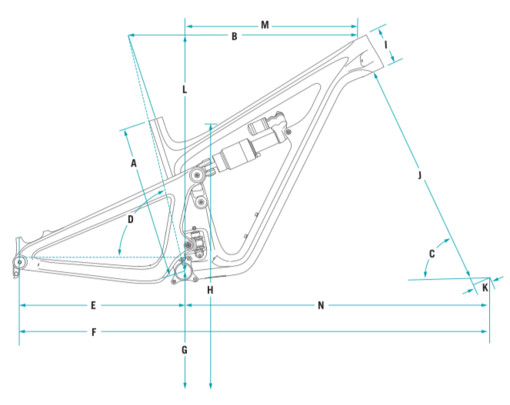


The SB150 marks a major move toward more aggressive geometry for Yeti. The combination of a shorter 44mm offset fork, ultra-slack 64.5-degree head tube angle, lengthy reach measurements ranging from 430 to 505mm, and a steep 77-degree effective seat angle make for a ripper on the downs with the capability to pedal right back up.
We've been on the size medium with a 460mm reach.
Suspension Kinematics
Yeti's intention is "to use the travel and use it well." For years their bikes have averaged 3-8% progression. Following several tests and studies, Yeti left "with the understanding that more progression isn’t always better. The new Switch Infinity layout made infinite options available, and we chose 15% for the SB150 based on rider feedback. This new progression percentage also gives us a wider range of compatibility of shocks and a wider tuning window for rider weights and styles. This combination also improves small bump compliance and offers more support at the end stroke."

The increase in progression has also allowed Yeti to rely less on volume spacers and low-speed compression damping. The FOX Factory X2 shock uses a special tune with valving inspiration from the motocross world.

"We are aiming for a relatively flat and high anti-squat curve in the beginning and mid-section of travel where pedaling commonly occurs a.k.a. the pedaling zone. This creates an efficient pedaling platform through your entire pedaling zone, as opposed to one single point. After the pedaling zone, there is an inflection point where the Switch Infinity link begins to move down, dropping the anti-squat drastically. You’re typically not pedaling in this zone, so we want the chain forces to have less of an effect on the suspension performance since it’s an opposing force. Decoupling of the chain forces allows the suspension to work more efficiently to absorb impacts."
On The Trail
Like a good suspension design should achieve, you feel at one with the terrain on the SB150 yet not bothered by it. Whether pumping rollers or smashing through rocks, the suspension helps maintain speed and prevent you from getting jostled to bits. Unlike some Yetis in the past, this one doesn't feel overly damped. On the ups, the bike feels light and efficient while the rear end quietly goes to work, sucking up major imperfections in the trail and maintaining traction like a champ.
No matter if you're casually pedaling or mashing on the cranks, railing berms or bashing the rough bits, the bike maintains a very calm, quiet feel the entire time. It's this trait that makes it possible to find your personal flow state faster and really jive with the bike and terrain.

While short offset forks are now all the rage, few companies have achieved the same exceptional front-end feel that Transition has with their Speed Balanced Geometry concept. We feel like the SB150 is right there, though. This is a great example of what a shorter offset fork and a magical combination of geometry numbers can achieve. Front-end control is remarkable. We know exactly what it's up to at all times. It also rids the front end of some deflections through rocky sections, adds stability under heavy braking, and makes bumps feel more direct.
You know that feeling you get when you rail a berm perfectly? You'll be doing it more often on this bike. It's amazing how well it sets into, carries speed through, and exits many types of turns. The front end feel can be so secure and so confidence-inspiring that it truly is amazing what speeds you can unlock as you start to push your inside hand closer and closer to the ground. Once you adapt your riding position to get over the front end a bit more, the thing just hooks up and rails right around turns.
We find that it's easier to flick this bike around too, and more turns than normal end with an authoritative push into the pedals and the terrain. It's not often that we'll come into turns with the back end dancing about the opposite direction for a split second before slingshotting around, but on this bike it's a common occurrence – every time it happens we feel like cornering champs.



Looking at the bike from the top, down, the SB150 has an incredibly sleek, svelte look to it. It is visibly narrower than the Pivot Firebird 29, for example, by a pretty significant amount. If you grab the rear end and muscle it around, you're in for a surprise. The rear end of the SB150 is notably flexier than many of the long-travel 29ers on the market today. Does that compliance help or hurt though? In our opinion, unless you're a 250-pound berm slapper, it's absolutely worthwhile.
We really enjoy the calm, quiet nature that the SB150 brings to some of the chaos on the trail. It's a different ride experience, that's for sure, and one you'll have to adapt to over the course of a few rides. Once adjusted with your weight forward, it's game on!
When asked about the frame's lateral stiffness, Yeti's Director of Engineering responded: "Some interesting background regarding frame stiffness came from back when Grubby (Jared Graves) was on Yeti. In the old 303 DH days we were making some crazy stiff prototypes, and Grubby was always asking for more compliance. After many iterations of that frame and adjustments to the design we tuned out some of that rigidity. He felt he had more control and could hold a line better as a result. Over the years we quantified these stiffness values in terms of testing and have set these as a baseline. We then develop our layup to match. In short, we are not designing our layups to be as stiff as possible, we are aiming to meet the criteria noted above."
Do we feel like the lack of lateral stiffness compared to some of the competition is a compromise? It hasn't done our tester wrong at 175-pounds, 5'10" tall and a formerly slow-pro pace. Yes, you can feel a bit of mush when really pressing into a turn, but the bike doesn't load/unload in a way that seems detrimental. In fact, the lack of odd deflections thanks to compliance through the rough bits helps to further smooth the terrain, maintain line choice, and the bike is less likely to tire you out. We often expected to get a familiar kick at various points during our test rides, but it never seemed to happen.

Build Kits, Pricing & Availability
The initial SB150 release includes five complete bikes ranging from $5,199 to $10,399 USD including optional upgrades. The three highest-end bikes have the TURQ edition frame, which uses higher-quality carbon material and saves close to 250-grams (0.5-pounds) over the C-Series. Yeti says that both types of carbon achieve the same stiffness ratings.
View C-Series Builds | View TURQ Builds
- C-Series GX Eagle - $5,199 USD
- C-Series GX Comp Eagle - $6,199
- TURQ X01 Eagle - $7,599
- TURQ X01 Eagle Race - $8,599
- TURQ XX1 Eagle - $9,499
- TURQ Frame + Shock - $3,800
SB150 TURQ bikes and frames are available now. C-Series models will be available in one to two months.

What's The Bottom Line?
We really enjoy the calm, quiet nature that the SB150 brings to some of the chaos on the trail. It's a different ride experience, that's for sure, and one you'll have to adapt to over the course of a few rides. Once adjusted with your weight forward, it's game on! Yeti has found a magic front-end feel that'll have you railing turns and mastering the steeps. That's coupled with a nice improvement to the rear suspension as well, providing a more fun, sensitive, bottomless ride that relies less on compression damping to get things done. We're just a month into testing, but there's no denying that we're loving the all-new SB150.
Visit www.yeticycles.com for more details.
Vital MTB First Ride Rating: 4.5 Stars - Outstanding
About The Tester
Brandon Turman - Age: 32 // Years Riding: 17 // Height: 5'10" (1.78m) // Weight: 175-pounds (79.4kg)
"I like to have fun, pop off the bonus lines on the sides of the trail, get aggressive when I feel in tune with a bike, and really mash on the pedals and open it up when pointed downhill." Formerly a mechanical engineer and Pro downhill racer, Brandon brings a unique perspective to the testing game as Vital MTB's resident product guy. He has on-trail familiarity with nearly every new innovation in our sport from the past several years and a really good feel for what’s what.
Photos by Brent Jacoby, Brandon Turman and Yeti Cycles
1 member reviews
Cutting edge geometry seems to work.
Plows through any line, but still pops and plays.
Quiet, and the internal routing is clean and easy.
Can race enduro almost out of the box.
Highly tunable suspension.
Truly a bike to progress on.
Can run a coil(trying a push shock soon)
Water bottle!
Tires are not up to race spec for most tracks.
Did I say expensive?
Sizing could be tricky.
Definitely requires an aggressive riding style and position to really attack the corners( this is also a pro I think)
I don’t have time to type up a full review, but I have put about 100 miles on a demo SB 150 in the mountains of Santa Cruz, CA. I have also been on the SB 130 an equal amount of time and I will give thoughts on that bike another time.
My experience on the SB 150 has been really fun so far. I have been privileged to demo a lot of bikes and tend to favor long travel bikes for the riding around here.
Climbing:
This bike climbs well, particularly up long fire roads. It has excellent traction up rocks roots and loam. The front end stays down really and drives precise up technical sections, but that could be sizing.
Sizing:
When I first started demoing this bike I did several rides on a Large frame. At 5’11” I am right in the middle of the sizing for this bike. The large felt great and on many brands I ride large. Because of the 480mm reach on paper I decided after a few rides to try a medium and after the first descent I felt more comfortable. The reach is still 460mm on a medium and honestly I felt the slightly less “modern” reach felt better. The bike handled just a little bit better, and even down the steepest rockiest runs that Pacifica and Santa Cruz have to offer the bike felt stable and just slightly more responsive in the medium size.
Speaking of Descending:
This bike rips. I’m not sure I have been on a long travel bike that felt simultaneously so planted and stable while also being so happy to leave the ground. This bike will soak up roots and rocks at dangerous speeds and track like a laser beam. Credit the suspension design and the impressive Fox X2 and Factory 36 components. I spent more time tinkering with the shock setup than on most bike I have ridden, but that’s because the SB 150 deserves to be dialed, and for the price you pay for this beast you deserve to learn to dial it in. I set a whole heap of personal records downhill on this bike. All that being said, the tires... I went through a few rear tires and one front tire. On a bike this capable, a bike that almost screams race me, it should probably come with The DD casing. The aggressor in the back is sub par in mud obviously. I ended up switching to the Maxxis DHR 2 front and rear with the thicker casing and that certainly helped.
The little things:
To complain a little bit, I don’t like 150mm Fox Transfer sear post. On a medium I kind of get it(I believe it will fit a 175mm post?) but on the L and XL the post is the same. I have a 180mm dropper on my other bikes and it’s definitely nice when really pushing. The rims were great, I had to true them a few times, but they held up. I have been racing on a set of Santa Cruz carbon reserve 30mm rims and those have been indestructible for me. I rarely run Cush cores on them, but for these aluminum stock rims I probably would run them every race.
Overall I hope this short review helps a few people put when deciding on this bike. 5 stars for me as the spec is 95% race ready. And no, despite my username I am in no way affiliated with Yeti or the bike industry. I did however order a SB150 Frame and will post pics of the build when I can.
I’m 5’11” and 170lbs. For sizing reference.
0 comments
Post a reply to: Sb150. Yes please.
Specifications
Upgrade: DT Swiss XMC 1200 carbon wheels with 30mm inner rim width
Upgrade: DT Swiss XMC 1200 carbon wheels with 240 hubs, center-lock interface
Upgrade: DT Swiss XMC 1200 carbon wheels with DT Swiss Aerolite straightpull bladed spokes, DT Swiss ProLock Squorx ProHead aluminum nipples
Rear: Maxxis Aggressor 29" x 2.3"
Sealed Enduro Max pivot bearings
Integrated derailleur hanger and axle
| Where To Buy | |||
|---|---|---|---|
Free shipping on orders over $50 (continental U.S. only).
International shipping available. Some exclusions apply. |
Free shipping on orders over $50 (continental U.S. only).
International shipping available. Some exclusions apply. $3,898.94
|
||
Free shipping on orders over $50 (continental U.S. only).
International shipping available. Some exclusions apply. |
Free shipping on orders over $50 (continental U.S. only).
International shipping available. Some exclusions apply. $9,100.00
|
||























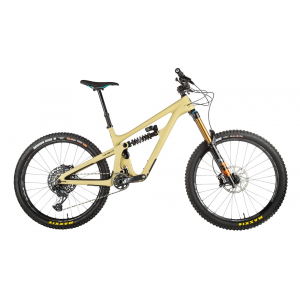



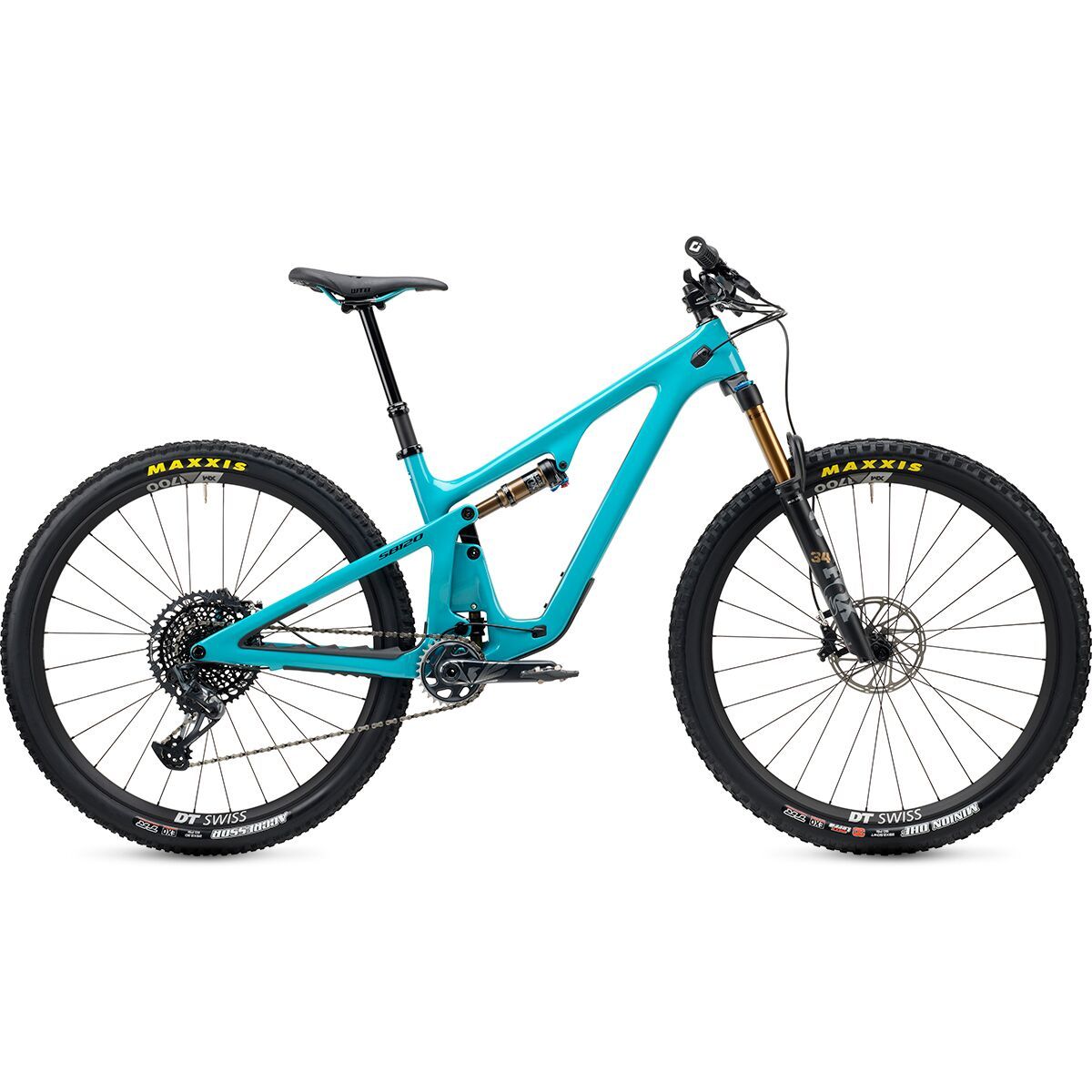




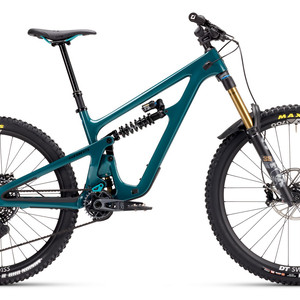


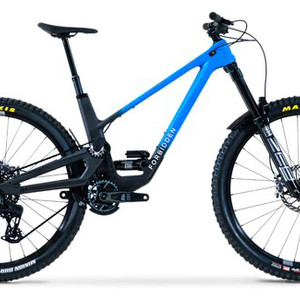
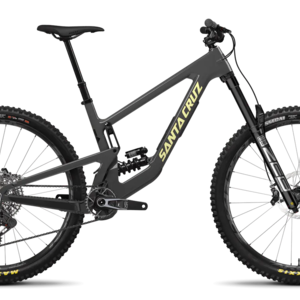










35 comments
Post a reply to: Yeti's Biggest 29er Yet: Meet the All-New SB150